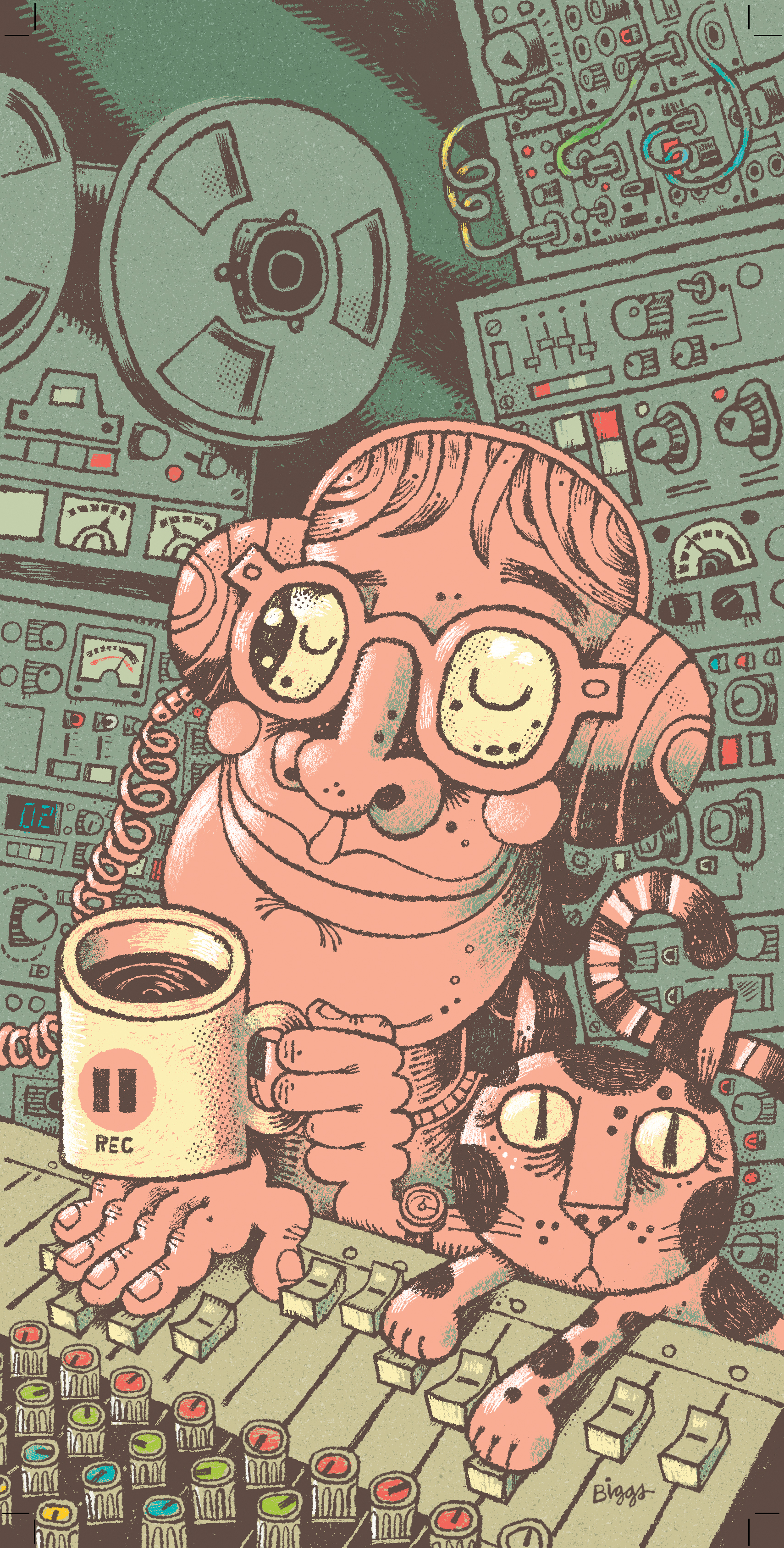The Sony C37A may be the last classic tube mic without ubiquitous modern clones. There are a million variations of the Neumann and AKG classics at all sorts of price points, which is wonderful considering the continuously skyrocketing vintage market. However, until recently, there were few modern takes on the C37A. A classic in its own right, the original C37A was released in the ‘50s, perhaps as Sony’s answer to Neumann’s all-star lineup. It was famously used by “The Man of 1000 Voices,” Mel Blanc (meaning every classic Looney Toons character was recorded with a C37A), became a mainstay in all the major Los Angeles studios (though interestingly, they are not as prominently used in Nashville), and is a favorite of producer Daniel Lanois [Tape Op #127] among others. I was thrilled at the opportunity to try out this (relatively) affordable modern interpretation from Tonelux, and fell in love with the rich sound of the Sony C37A while using it to capture jazz singer Vilray at United Studios.
Working with producer Joe Chiccarelli [Tape Op #14], Tonelux developed a compelling clone of Sony’s original in the JC37. Physically, the form factor and colorways match the original well. The mic and power supply feel well-built and reliable. The power supply can accommodate two JC37s, and a second microphone can be purchased at a discount without an additional power supply. The seven pin XLR?cable is hardwired to the mic. Sonically, the JC37 is all the things a C37A is supposed to be: Smooth, clear, and natural. As expected, it’s on the darker side of the tube mic spectrum, and is incredibly accommodating and versatile. For a demanding overdub session with multi-instrumentalist maestro Rory Hoffman, I kept the JC37 up to capture accordion, harmonica, saxophones, flute, and kazoo. Only on a baritone saxophone overdub did I feel the need to add an AEA KU4 near the horn’s bell for a little extra low-end punch.
For the first chunk of my test time, the JC37 stayed planted in my acoustic guitar station. It has a wonderful balance of top end clarity and midrange body, without some of the harshness that can sometimes compete with vocals. The JC37 shined on wide-panned open-strummed parts but also captured the nuance and detail of my single note lines on an acoustic ballad. It was also an excellent choice for an Irish fiddle tune. On a background vocal session with Jess Nolan, the JC37’s smooth character was perfect for stacking a nine-voice angelic “ooooh.” A stereo pair of JC37s would be fantastic on piano or as drum overheads.
My only complaint is that the screws on the yoke come loose fairly easily – not to the point where the mic is moving on its own, but enough that if I scooted the mic stand out of the way for a moment while getting up from a guitar overdub, it would tilt. At $2500, the JC37 is well-priced and a proper bang for your buck. I would highly recommend the JC37 as a top-notch cardioid studio workhorse mic that is equally at home as your day-to-day / use-it-on-anything utility mic or your go-to vocal mic.




_disp_horizontal_bw.jpg)